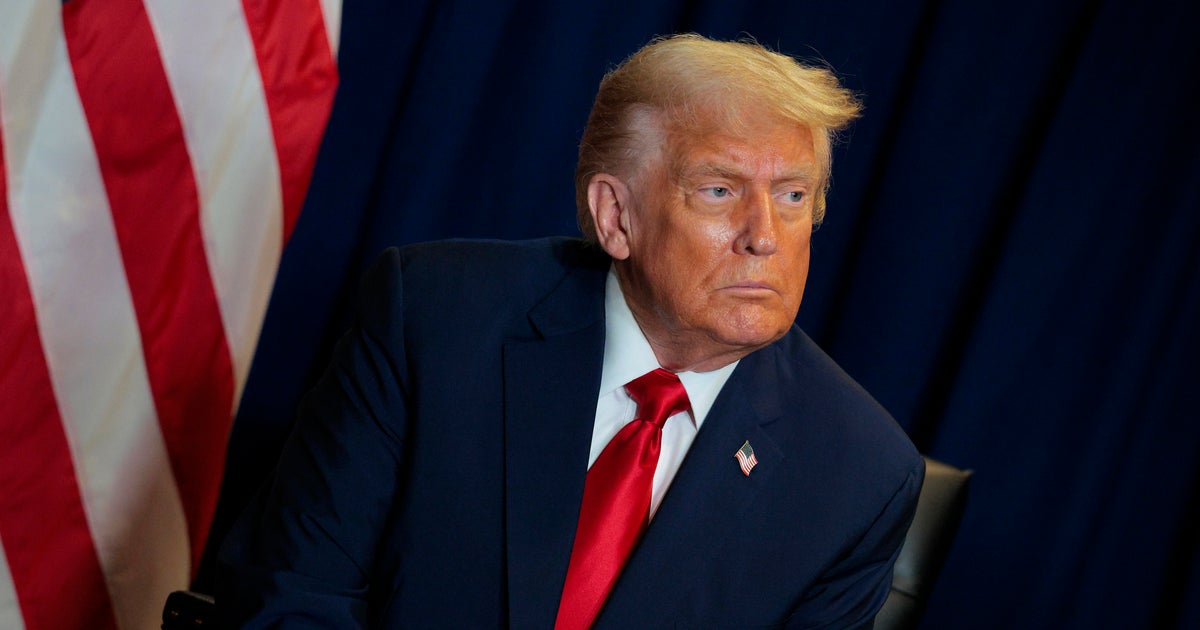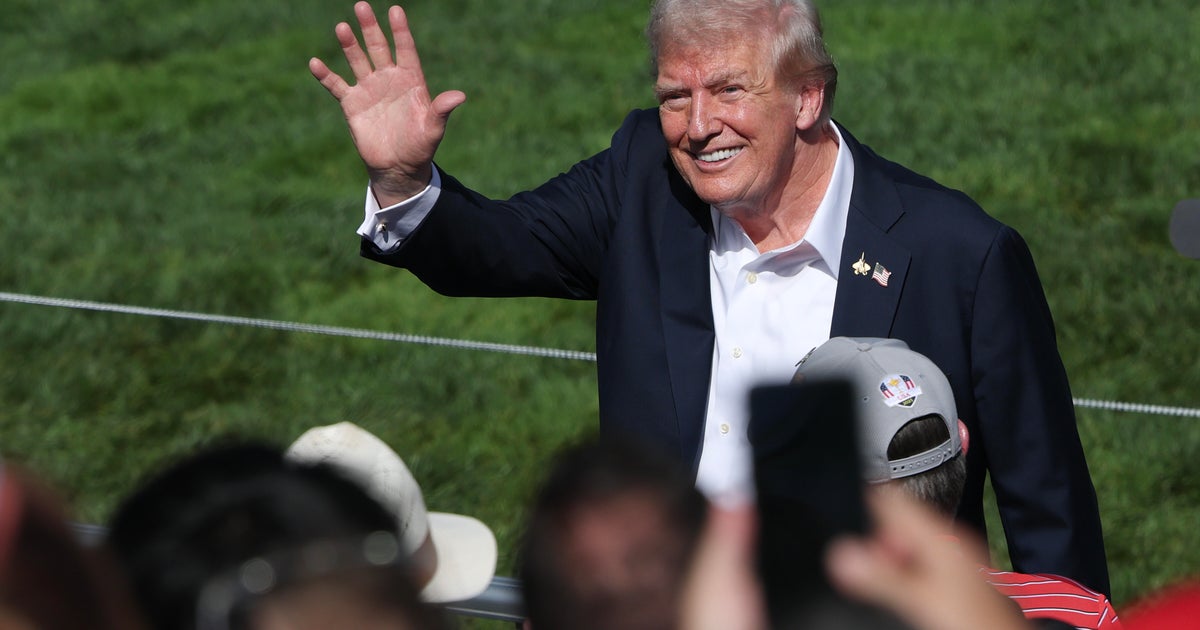Trump administration tariffs imposed this year on dozens of nations and a range of industries are fueling inflation, especially for goods that are widely imported into the U.S., a recent analysis shows.
Product categories seeing some of the biggest price hikes due to tariffs include furniture, car parts, electronics and musical instruments, according to economists at the Federal Reserve Bank of St. Louis. The findings are based on research models estimating tariff-related price hikes and drawing on Personal Consumption Expenditures (PCE) data, a widely used gauge of inflation.
Importers bear the cost of tariffs, typically passing at least some of the added expenses to consumers, economic research shows.
The St. Louis Fed researchers found that companies passed 35% of tariff costs onto consumers from May through July. Other research from Goldman Sachs suggests that businesses could eventually pass on as much as 55% of added tariff costs to consumers. Companies would swallow 22% of the extra costs, while foreign exporters would absorb 18% of the expenses, economists with the investment bank found.
Businesses are expected to continue experimenting with pricing based on how tariffs affect their own costs, according to Max Dvorkin, an economist and one of the authors the St. Louis Fed study.
“Even if you don’t change tariffs anymore, the dynamics of prices will continue to evolve and affect consumers over the next few months,” he said.
The regional Fed bank found that tariffs account for a sizable share of recent inflation. Between June through August, the tariffs imposed by President Trump added 0.5 percentage points to the headline PCE rate, which averaged 2.85% during that period, according to the findings. The levies added 0.4 percentage points to core PCE, which excludes volatile energy and food prices and which hovered around 2.9% during that three-month period, the study found.
“Tariff measures are already exerting measurable upward pressure on consumer prices,” the economists conclude.
As of August, the Consumer Price Index was up 2.9% from a year ago after, remaining above the Federal Reserve’s 2% annual target. Inflation as measured by the index had fallen in April to a low of 2.3%, but has flared during the second half of the year. The Labor Department is expected to release CPI data for September, which has been delayed by the government shutdown, on Friday.
The St. Louis Fed study notes that tariffs haven’t driven up consumer prices as sharply as some experts had predicted. That’s chiefly because many businesses are waiting to see where tariff rates settle before they adjust their prices, according to the research.
The White House did not respond to CBS News’ request for comment. President Trump has defended his administration’s trade policy, saying that it will benefit the country’s manufacturing sector and boost job growth over the long-term.
Mr. Trump’s wide-ranging tariffs will cost businesses in the U.S. an additional $1.2 trillion this year, with consumers shouldering most of those costs, according to S&P Global analysts who reviewed data from 9,000 companies.
Companies have passed on roughly two-thirds of those tariff costs — $592 billion — to consumers in the form of higher prices, S&P said. The levies have reduced corporate earnings by a total of $315 billion.




